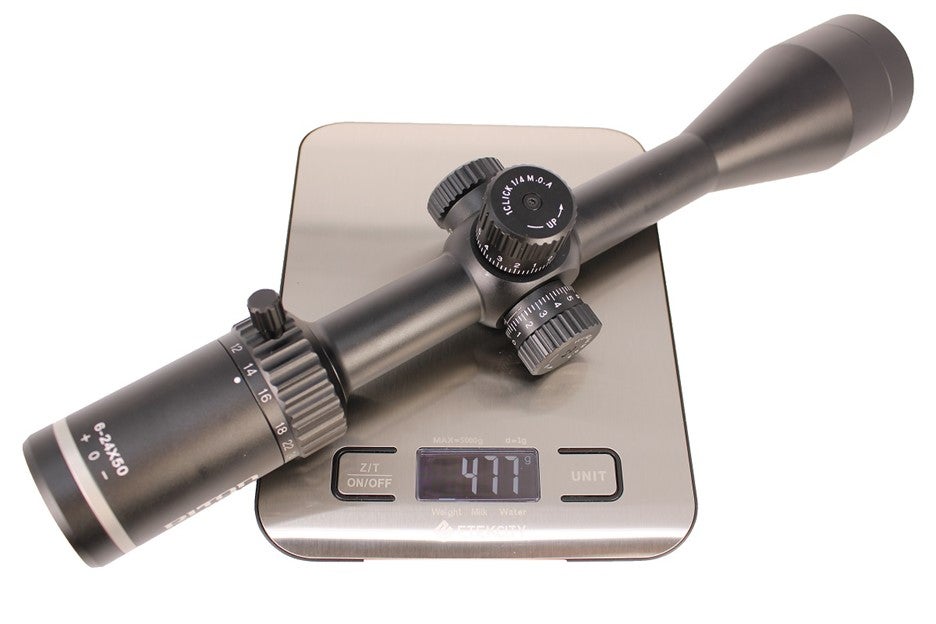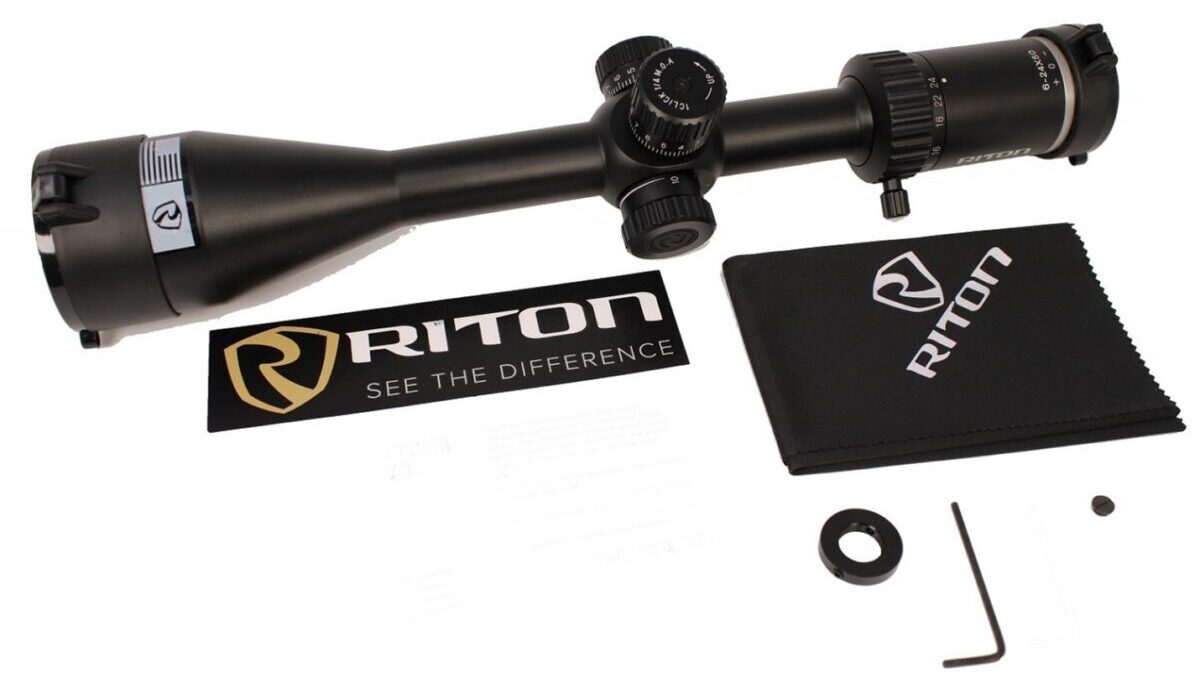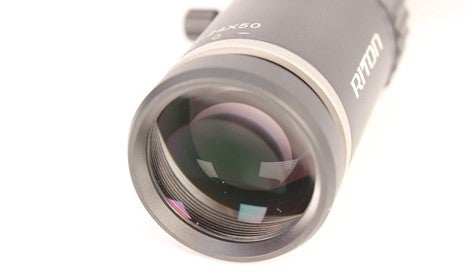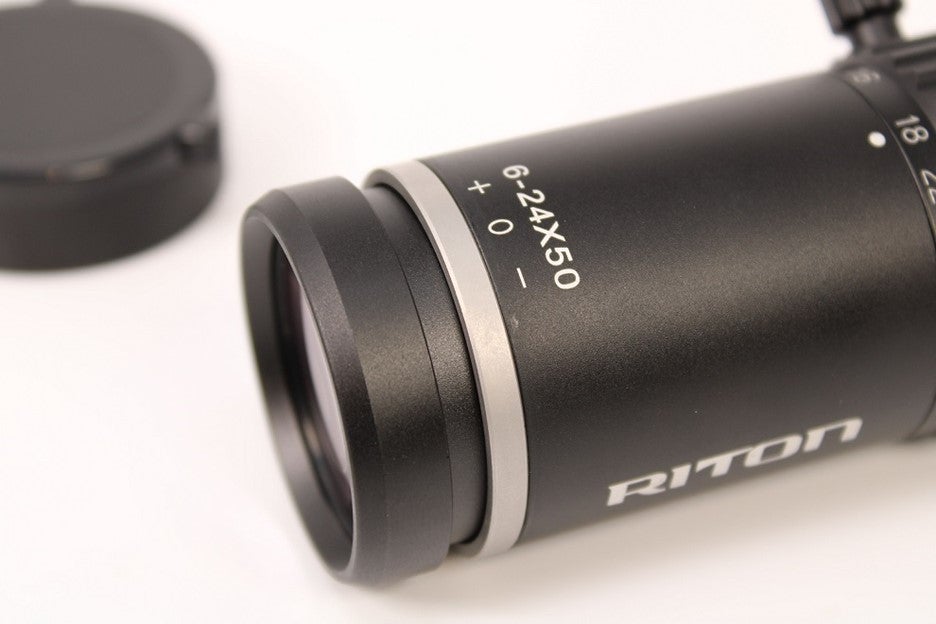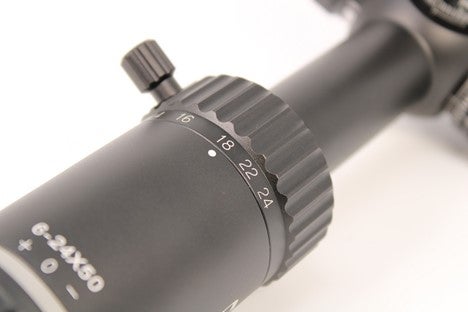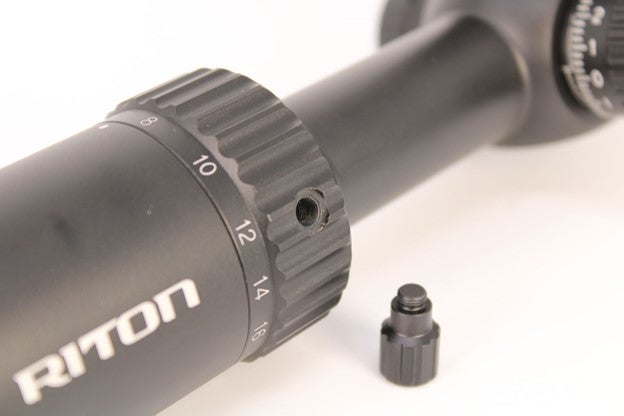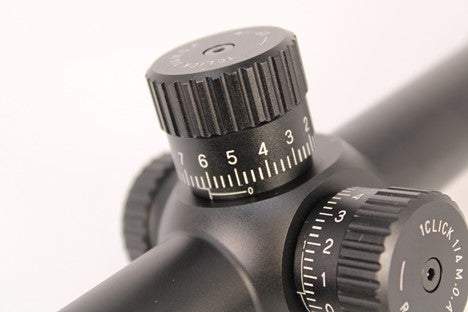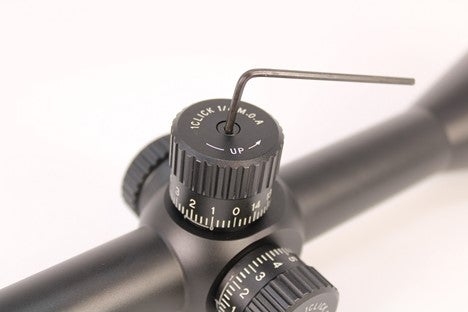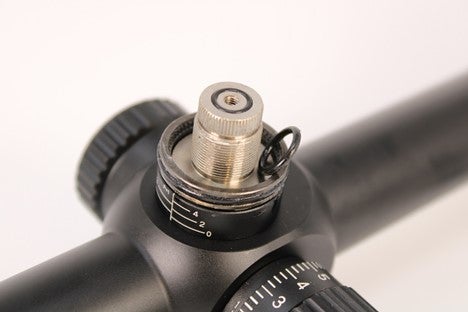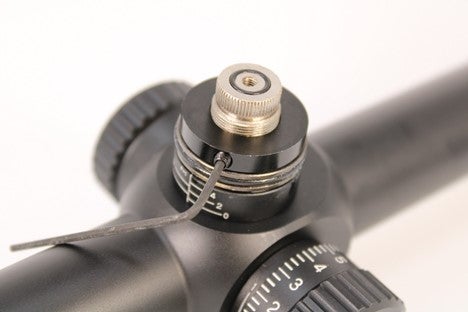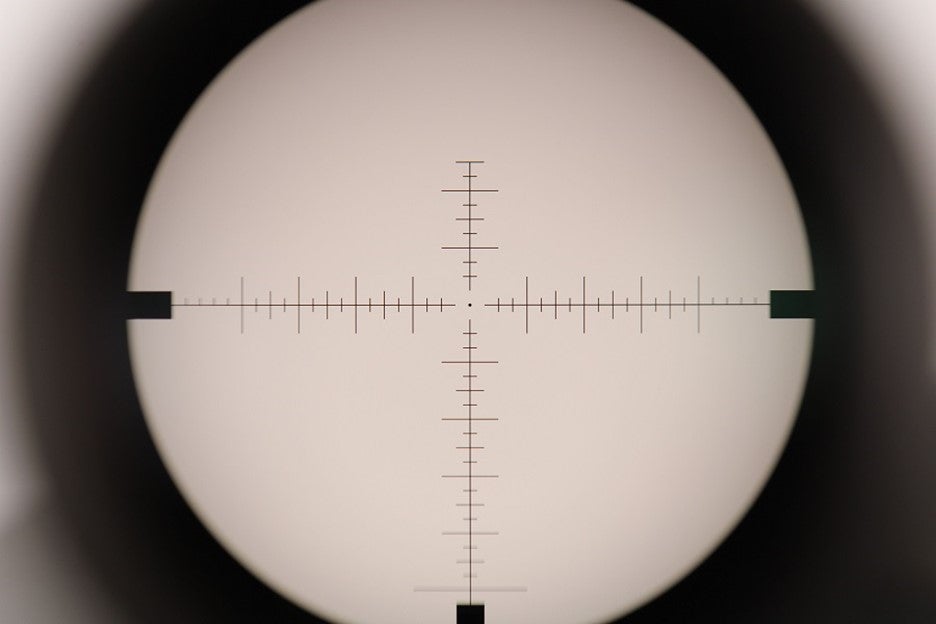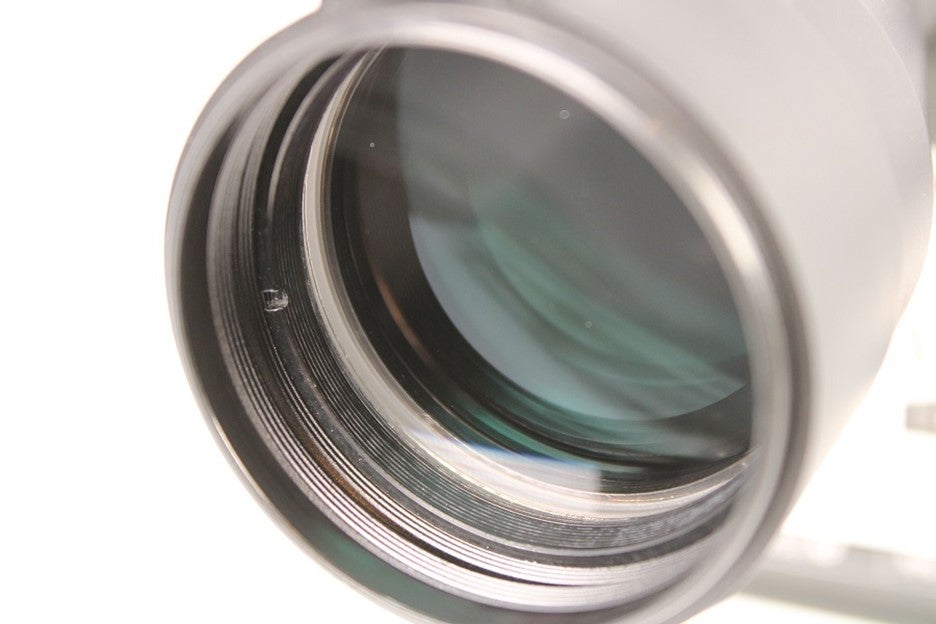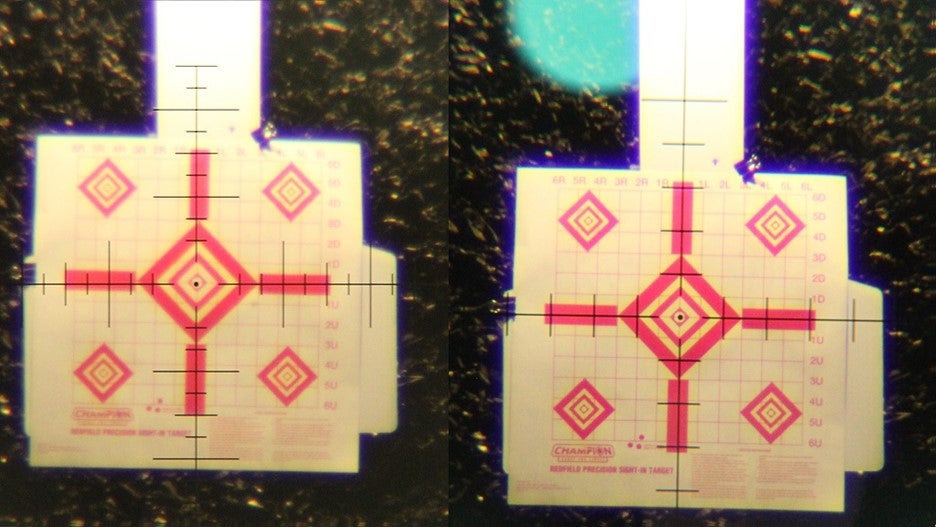AO Review: Riton X1 Conquer 6-24x50mm – Finally, Good Budget Glass?
Travis Olander 10.24.23

Riton remains a relatively obscure player in the scope industry, but they’ve successfully launched a few popular, “cheap” scopes, like the X1 Conquer. This particular unit arrives with 6-24x variable power packed inside a 1″ tube with a 50mm objective lens, paired with a decent MOA reticle. Given its position in the entry-level price category, the question is whether it can hold its own against established competitors like the Vortex Viper HST, Sightron SIII, Bushnell Match Pro, or even the lower-powered VX Freedom from Leupold.
Riton Coverage on AllOutdoor
- Meet the New 3 TACTIX EED Red Dot Optic from Riton
- Clear, Hunting Focus: NEW Riton Optics 5 Primal 10x42mm ED Binoculars
- Riton Optics Expands their LPVO Selection w/ New 5 TACTIX 1-10x24mm
- Revolutionize Your Hunting Game with the Riton Optics 5 Primal 2-12×44
The X1 Conquer exhibits a standard design, aligning closely with the majority of 6-24×50 scopes available in the sub-$1,000 price bracket. It tips the scales at just 477 grams (equivalent to 16.8 ounces, or 1.05 lbs), making it noticeably lighter than its counterparts. My recently-reviewed Sightron SIII 6-24×50 comes in at approximately 24.3 ounces (1.5 lbs), while the Viper HST registers at around 22.6 ounces (1.4 lbs). So, the Conquer manages similar performance in a lighter package.
Riton X1 Conquer 6-24x50mm – Specifications
- Diameter: 1.00″
- Power: 6x – 24x
- Objective lens: 50mm
- Weight: 477 grams / 16.8 oz
- Parallax: 10 yards to infinity
- Reticle: Second focal plane
- Turrets: 0.25 MOA clicks
- Adjustments: 67 MOA
- Zero stop? Yes
The Conquer’s packaged in a magnetic lidded box, cushioned with high-density foam. Presentation’s nice enough to make for a decent gift at Christmas, and it should act as decent storage if you find yourself swapping glass frequently.
Included with the X1 Conquer are typical accessories: One zero top ring for the elevation turret; flush screw to cover the threaded throw lever mounting hole on the magnification ring; microfiber cleaning cloth; and an Allen key for removing turret caps and installing the included zero stop. The optional sunshade is not included.
The ocular lens gets a decent multi-coating treatment and it arrived with no blemishes, scratches, nor fish-eye effect at minimum zoom. At first glance, chromatic aberration remains minimal, even when magnified at 24x. The exit pupil dimensions are 8.2mm at 6x and 2.1mm at 24x. Estimated eye relief extends to 3.9 inches, or about 10mm.
The fast-focus ring feels smooth and stout. No gritty adjustments, no wobble that’s affected by recoil. The focus range is generous, for those of us with prescriptions.
Being a second focal plane setup, the X1’s MOA subtensions are only accurate at 24x. But getting there is easy enough, with a tactile mag ring that can be optionally assisted with a knurled throw lever. Like the fast focus ring, the mag ring feels solid and provides adequate resistance without feeling too stubborn.
If you opt to remove the throw lever, don’t forget to install the flush-mount screw provided with the accessories — lest you wind up with moisture inside the ring.
The windage and elevation turrets provide audible, tactile clicks, with each click affording 1/4 MOA of adjustment. These aren’t as solid or locked up as my SIII, but they do feel better than the turrets on a Vortex Viper I once owned. They exhibit minimal wobble and the detents work well enough for quick dialing.
Each turret offers a total adjustment range of +/- 67 MOA. I’d prefer 100 MOA, but this is something that suffers for using a smaller 1″ tube; many 6-24×50 setups provide a larger 30mm tube (1.18″) to get more adjustment range. This is one area the Conquer compromises to provide budget pricing. Still, the scope provides ample range for long-distance work, and the adjustment markings provide nice, crisp indicators with laser engraving and white contrast paint.
Getting the zero stop installed is pretty straightforward with the provided hardware. Obviously, you’ll want to get to the range and establish a reliable zero before you do this. To get the stop installed, grab the Allen key and loosen the elevation turret cap.
Underneath, you’ll find the turret post itself. There’s a small O-ring installed just below the top; you’ll want to carefully remove this with a plastic pry tool or some needle-nose pliers before you try to thread the zero stop down to the base of the post.
The stop should only be hand-tightened; don’t over-tighten it, or you risk busting the erector assembly inside the tube. There’s a small set screw threaded into a hole on the side of the stop that’ll help ensure it remains seated without rotating from recoil.
Be sure to only hand-tighten the set screw with the Allen key, too. It should thread all the way inside the stop so there is no exposed end of the screw; lest it interfere with the turret cap being reinstalled. Once everything’s tight, reinstall the turret cap and you’re set.
As for zeroing and sighting with holdovers: I’m a big fan of the subtension reticle on the X1. It’s practically identical to my SIII scope, which has been my favorite piece of glass for bench shooting and ringing steel at 1,000 meters (with plenty of cold shots and practice). The 0.25-MOA dot is flanked on all axes by 1-MOA measurements, providing an easy holdover plane and convenient downrange measurements to estimate range – so long as the object you’re sighting has a relatively accurate known height. Speaking of height, each short subtension is 1 MOA tall, and each tall subtension measures 4 MOA in height. Of course, all these measurements are only accurate at 24x.
At its business end, the Conquer’s objective lens provides excellent clarity, with no glare and a multi-coat treatment meant to improve clarity and contrast. In lower light conditions, the X1 performs surprisingly well, giving much more expensive optics a proper run for their money. From my personal experience, the X1 Conquer seems to rival Sightrons and Vortex Viper series scopes. The objective lens features a threaded lip, too, allowing for an optional sunshade (again, sold separately). So, is the overall glass and sight quality good enough to compare to scopes that cost significantly more? Yes. Observe:
Above is the Riton Conquer X1 on the left, and my Sightron SIII on the right. Both optics are being viewed at 24x in very low-light conditions at a distance of 100 yards. The SIII provides a picture of the target that’s just a tad sharper downrange, but the difference is not significant. The Riton X1 actually suffers less chromatic aberration and bloom around the edges of bright objects. Its reticle’s clarity and sharpness is damn close to that of the Sightron. In fact, the Riton’s subtensions may even be a bit sharper.
This comparison says a lot: The Riton X1 comes in at around $300, while the SIII series of scopes starts at about $900 to $1,000 for a model with comparable specs and features. That makes the X1 Conquer a scope that competes with upper-tier glass for a fraction of the price. So, is the X1 Conquer a great alternative to all the $600 to $1,000+ scopes crowding the 6-24x market? Yes. At around $300, I think this glass is a steal. If you’re looking for something smaller, check out Riton’s new LPVO selection and their 1-10×24 scope. They’re perfect for ARs and smaller rifles.
